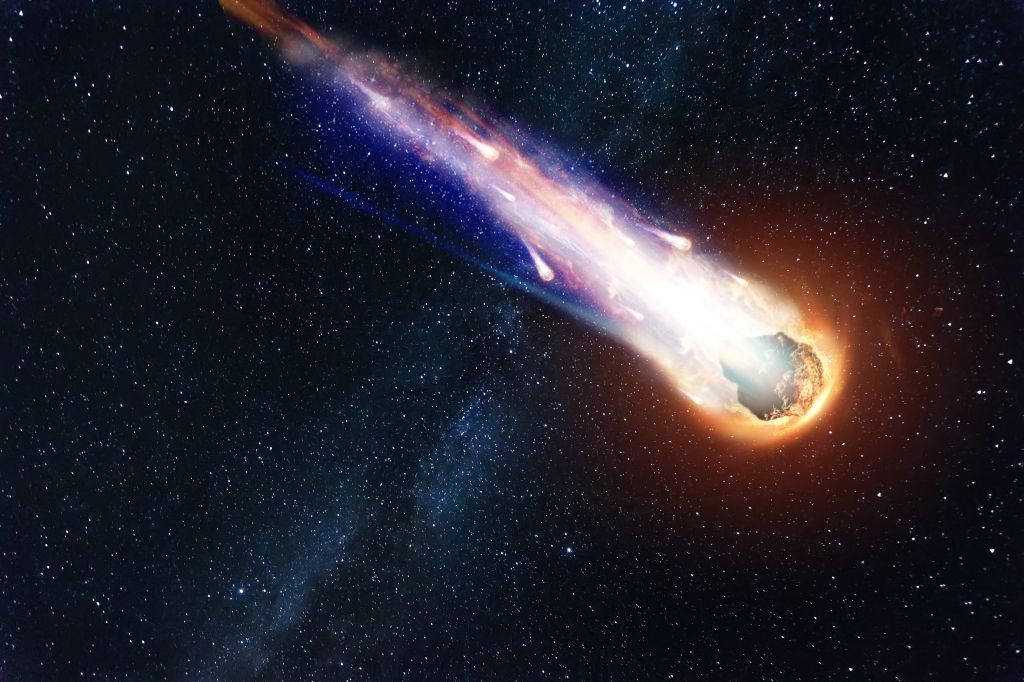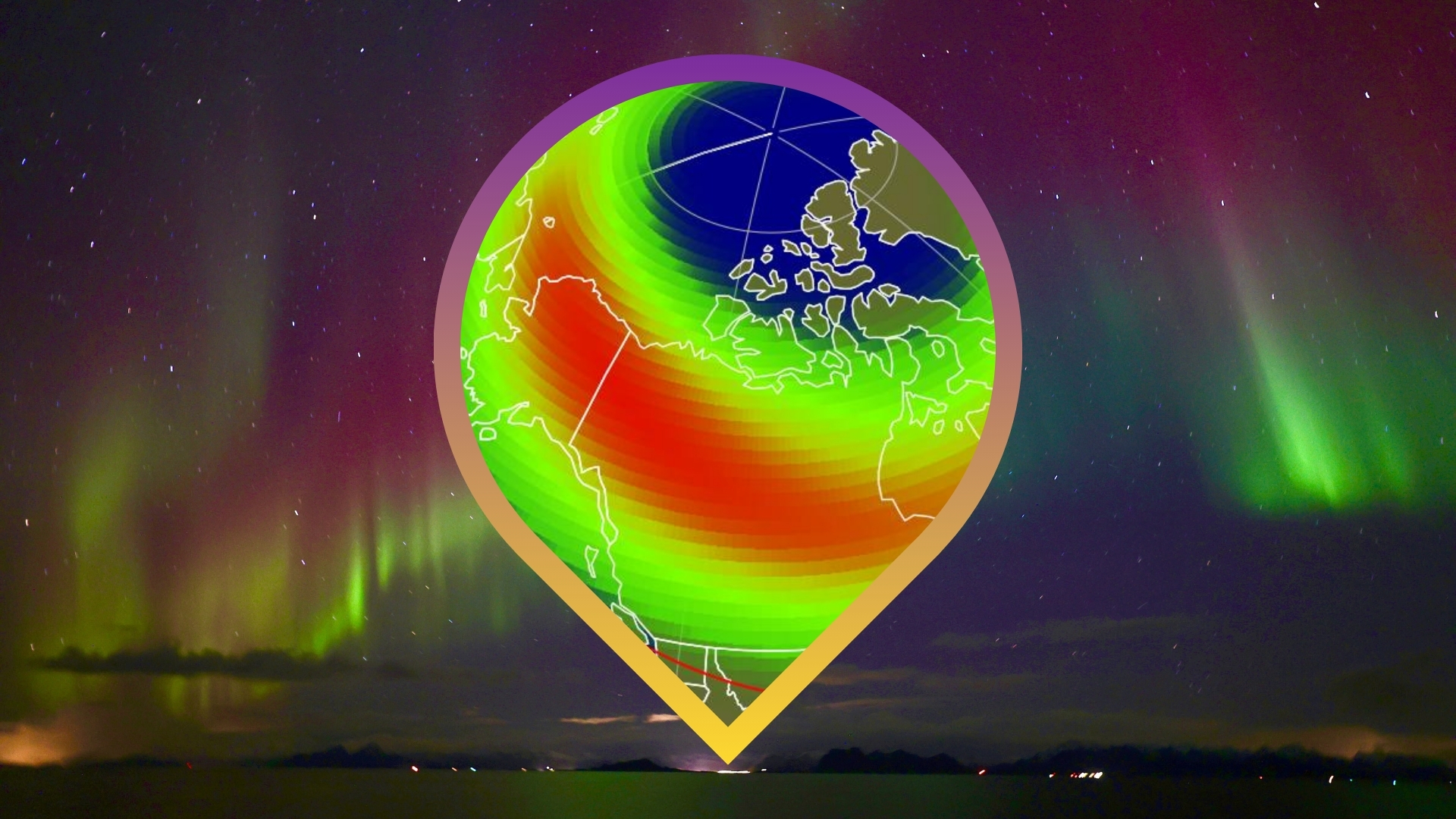Newfound Cosmic 'Gateway' Funnels Small, Icy Objects to the Inner Solar System

Beginning as small, icy bodies on the outskirts of the solar system, comets turn into spectacular streaks of light when they pass through a "gateway" near Jupiter, according to new research.
This gateway is a region of space where objects called centaurs — small, icy bodies that orbit between Jupiter and Neptune — start to nudge closer to the sun. As they do so, they heat up and become “active,” primarily releasing a dusty halo of gas — which makes these small bodies, technically, comets. "We realized there's a nexus point in orbital space where small bodies change their orbit that we nicknamed 'the gateway,'" said lead author Gal Sarid, a planetary scientist at the University of Central Florida.
The gateway region is like a donut that wraps around the inner solar system, containing many possible orbits within its thick ring. Sarid and his team first came up with the gateway idea after looking at a peculiar centaur named 29P/Schwassmann-Wachmann 1 or SWI. Though technically a centaur, SWI is very active, regularly releasing gases like a comet does, Sarid said.
Related: Fallen Stars: A Gallery of Famous Meteorites
The researchers then modeled other such small, icy bodies in the outskirts of the solar system, and found that many of them took the same path that SWI did — originating beyond Neptune, moving into an erratic orbit between Jupiter and Neptune, and then to this gateway region. In fact, the scientists found that one in five centaurs that they analyzed entered a similar orbit as SW1 at one point in time.
Making this same journey, centaurs give rise to most of the Jupiter family comets, a group of comets called "short-period comets," meaning those that orbit around the sun in less than 200 years. Their models indicate that centaurs don't remain in the gateway region for long; most become Jupiter family comets within a couple of thousand years and move into the inner solar system. That's a short time, considering that comets can live for millions or billions of years.
But this isn't a one-way journey. The researchers' models show that Jupiter family comets also sometimes move back into the gateway region, trekking away from the sun. The data showed that 70% of Jupiter family comets spend time in the gateway region, either moving in toward the inner solar system or moving out to the outskirts. "They can go back and forth like a revolving door," Sarid said.
Breaking space news, the latest updates on rocket launches, skywatching events and more!
"The gateway model is not meant to solve every possible question," Sarid said. "The idea was to identify this region where this transition happened." This model might eventually tell us a bit about the early solar system, he added. "When the solar system formed very early on it built itself from smaller pieces into bigger pieces," like how you build Ikea furniture, he said. These comets, centaurs and other small objects are like the nuts and bolts of a cabinet.
The findings were first published in the preprint journal arXiv on Aug. 12 and will be published in the Astrophysical Journal Letters this week.
- Photo Gallery: Images of Martian Meteorites
- Space-y Tales: The 5 Strangest Meteorites
- Crash! 10 Biggest Impact Craters on Earth
Originally published on Live Science.


